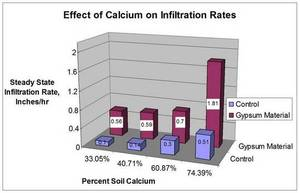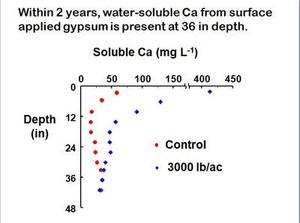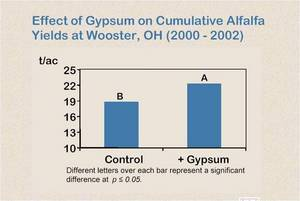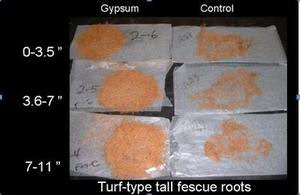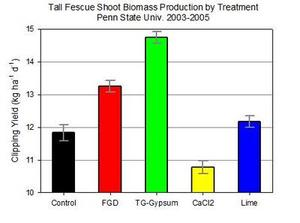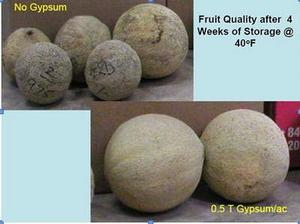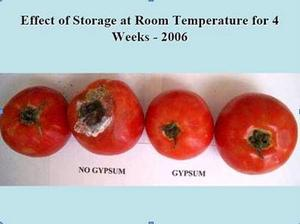University Reseach
The benefits of gypsum use in agricultural production have been studied for many centuries. Recent research continues to substantiate earlier studies as well as find new benefits to gypsum use. In this section we will try to present some of this data in a concise format.
Benefits of gypsum include:
- Improving soil structure
- Amend sodium affected soils
- Improve soil infiltration
- Decreases the swelling of clays
- Offsets affects of aluminum toxicity in low pH soils
- Helps curb phosphorus runoff from soils
- Improves quality of several fruit and vegetable crops
- Is an excellent source of plant available calcium and sulfur
- Increases iron uptake by reducing the detrimental effects of bicarbonates
- Serves to decrease the bulk density of soils
- Useful tool in decreasing the negative effects of high magnesium in soils
- Increases the efficiency of nitrogen applications
- Increases the availability of potassium already present in the soil
- Offsets ill effects of irrigation with poor quality water
- Can serve as a tool to enhance iron, manganese and zinc availability
- Aid to stop soil erosion
- Decreases incidence of some diseases
- and more

